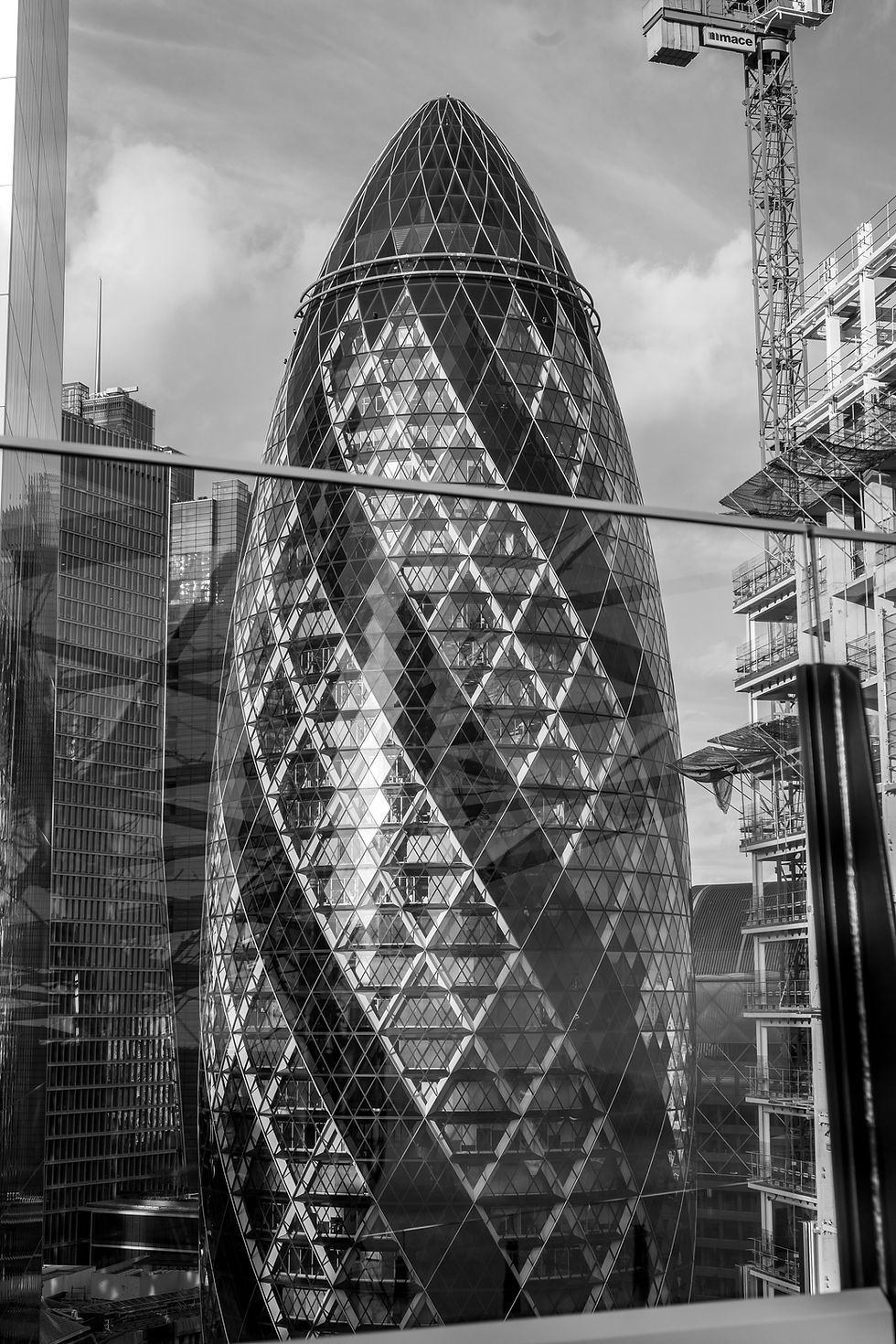The Life and Legacy of Le Corbusier: Pioneer of Modern Architecture
- Alex Axelrod
- Nov 11
- 3 min read
Le Corbusier changed the way we think about buildings and cities. His ideas shaped modern architecture and urban planning, influencing how people live and work around the world. This post explores his life, key works, and lasting impact.

Early Life and Education
Le Corbusier was born Charles-Édouard Jeanneret in 1887 in La Chaux-de-Fonds, Switzerland. From a young age, he showed interest in art and design. He studied at the local art school, focusing on decorative arts, but soon shifted his attention to architecture.
His early travels across Europe exposed him to various architectural styles. He studied classical architecture but was more drawn to emerging modernist ideas. These experiences laid the foundation for his unique approach to design.
Defining Principles of His Architecture
Le Corbusier believed architecture should serve people’s needs and improve their quality of life. He introduced several key principles that became central to modern architecture:
Pilotis: Raising buildings on stilts to free the ground level for gardens or parking.
Open floor plans: Flexible interior spaces without many walls.
Free façade: Exterior walls independent of structural supports, allowing more windows.
Ribbon windows: Long horizontal windows to bring in natural light.
Roof gardens: Using flat roofs as functional outdoor spaces.
These ideas aimed to create buildings that were functional, light-filled, and connected to nature.
Iconic Projects
Le Corbusier’s work includes some of the most famous modern buildings. One standout example is Villa Savoye near Paris, completed in 1931. This house perfectly demonstrates his five points of architecture and remains a symbol of modernism.
Another important project is the Unité d'Habitation in Marseille, France. Built in the late 1940s, this large residential block introduced the concept of a self-contained community within a building. It included shops, a rooftop terrace, and communal spaces, influencing future housing designs worldwide.

Urban Planning Vision
Le Corbusier also focused on city design. He proposed radical ideas to solve overcrowding and pollution in cities. His Radiant City plan featured tall skyscrapers spaced widely apart, surrounded by green parks and efficient road networks.
Though never fully realized, his urban plans inspired many post-war reconstruction projects. His emphasis on order, light, and green space influenced city planning in Europe, India, and beyond.
Influence on Architecture and Design
Le Corbusier’s work shaped the International Style, a dominant architectural movement in the 20th century. His ideas encouraged architects to embrace new materials like concrete and steel and to focus on function over decoration.
Many architects and designers studied his writings and buildings. His book Towards a New Architecture remains a key text for students and professionals. His influence extends beyond architecture to furniture design, with pieces like the LC4 Chaise Lounge still popular today.
Controversies and Criticism
While celebrated, Le Corbusier’s ideas also faced criticism. Some argued his urban plans were too rigid and ignored social realities. His large housing blocks sometimes led to isolation rather than community.
Additionally, his association with authoritarian regimes during World War II has sparked debate among historians. These aspects remind us that his legacy is complex and should be examined critically.
Lasting Legacy
Le Corbusier’s vision continues to inspire architects and planners. His focus on light, space, and human needs remains relevant as cities grow and change. Many of his buildings are now protected as cultural landmarks.
His work encourages us to think about how architecture can improve daily life, not just create beautiful structures. For anyone interested in design or urban living, studying Le Corbusier offers valuable lessons on innovation and purpose.








Comments